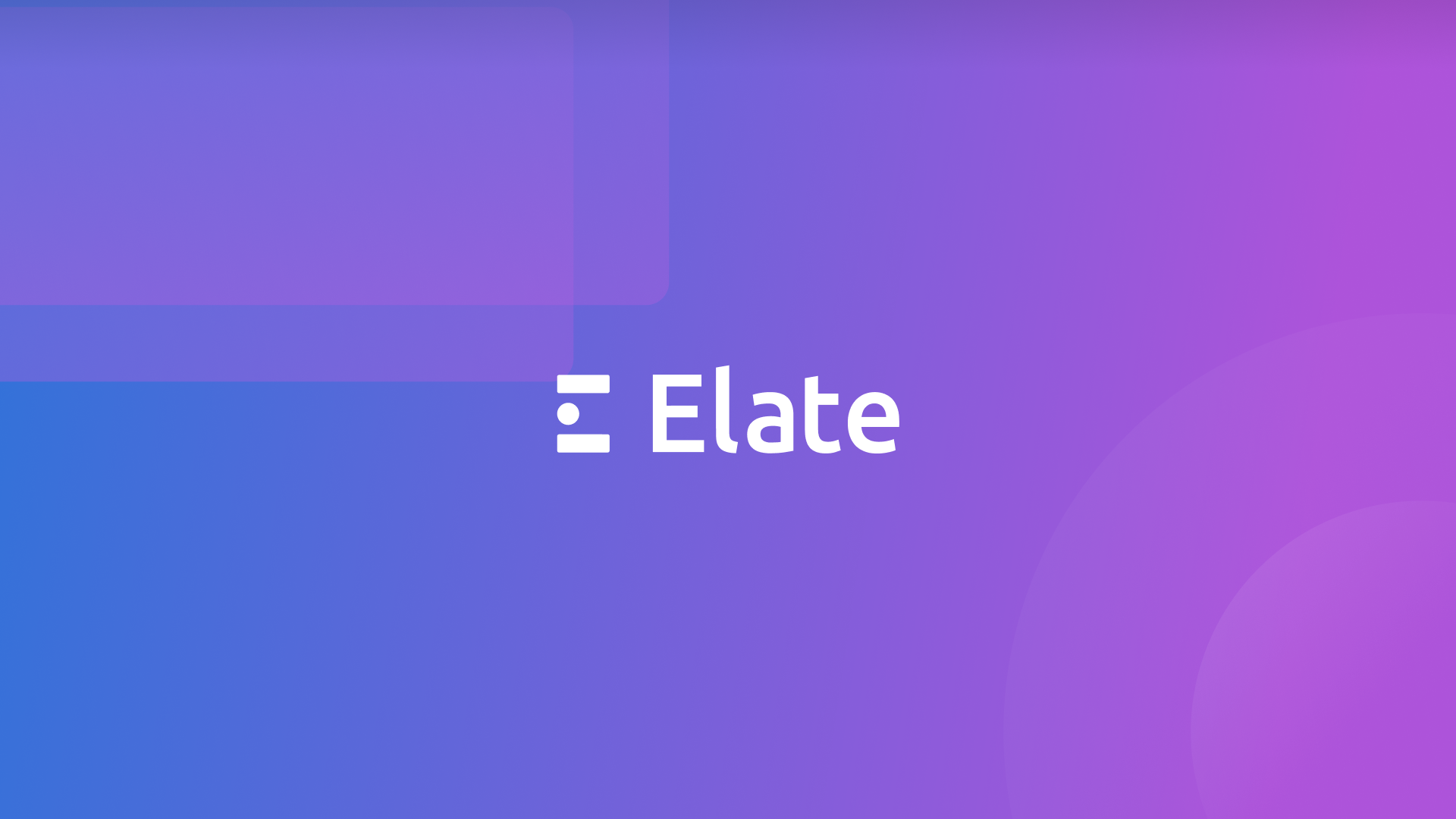
The Differences Between Performance Management Tools and Elate
In recent months, there has been a renewed emphasis within organizations on aligning strategy with execution. This shift in focus has been driven by several factors, including:
- Market uncertainty and slowed growth.
- Reduction in headcount and/or limited spending on tools/resources.
- Failure of existing tools to drive alignment and execution.
Regarding the first two factors, we’ve written a lot about the need to intentionally and thoughtfully reduce spend amidst market uncertainty and slowed growth.
However, one significant challenge that hampers companies in executing their strategies is the use of tools that were not specifically designed for Strategy and Operations Leaders, notably Performance Management tools.
We’ve witness numerous companies struggle to make the shift to Dynamic Planning, a proactive approach to keeping employees aligned with strategy and execution, because they’ve attempted to utilize solutions that weren’t tailored for this purpose.

The Problems Using Performance Management Tools for Strategic Planning
Now, let’s be clear... Performance Management Tools like Lattice, 15Five and CultureAmp serve a vital role for HR teams. From surfacing employee sentiment surveys to conducting peer reviews and collecting feedback, there is a need for performance management on the People side of your organization.
However, using these tools to integrate the way a company develops, deploys, and executes its strategy is not their intended function. Until recently, most Performance Management solutions did not even consider tracking goals in a way that aligns with an operating framework, such as OKRs, EOS, 4DX, or similar models.
Performance Management tools often allow employees to set isolated goals, share them with their managers, and receive feedback solely on individual goal performance, disconnected from the overall strategy and critical dependencies needed for the long-term success of the team, department, and organization.
Consider it this way…
For many companies, employees are tasked with setting quarterly goals, only to revisit them at the end of the quarter, at best. If an employee's hiring, termination, or compensation hinges on the outcome of these goals, they are likely to achieve them. It's human nature, and it's unfair to blame employees for setting goals they are incentivized to meet when HR and performance management tools are brought into the equation.
One COO shared, “Our performance management tool indicated that 98% of employees hit their goal. Yet as a company, we were below 50% of our operating plan.”
Leveraging Performance Management tools as a means to execute strategy has inherent flaws. Performance Management was simply not built to facilitate Strategic Planning, resulting in any or all of the following issues:
- Employees set conservative goals out of fear of missing targets.
- Employee goals are set in a silo without any connection to the company's strategy.
- Employees struggle to prioritize their time and efforts due to a lack of understanding of the company's direction.
- Leadership lacks visibility into employee goals.
- The Operating Plan devised by Leadership is disconnected from work being carried out across every area of the organization.

However, Strategy and Operations Leaders have recognized this as a significant gap within their business that must be addressed in order to bring together long-term vision with tactical execution.
We built Elate to revolutionize the way companies go about strategic planning with a more proactive approach that ensures their strategy's success, regardless of market conditions. Instead of merely tracking goals or using a static, annual planning approach, we view Dynamic Planning as a competitive advantage for Strategy and Operations Leaders.
The Dynamic Planning Growth Framework
Dynamic Planning serves as a growth framework for building, executing, and reviewing your strategic plan. It enables companies to make decisions proactively, gaining a competitive advantage through their strategic planning process. It unites long term vision (three, five, ten year direction) and breaks it down into annual themes with quarterly objectives supported by Tactics.
This Dynamic Planning framework brings together three areas of the business that often live in spreadsheets, powerpoint presentations, and performance management tools: Build, Execute, Review.
All three phases are crucial for success, and they should build upon one another. If we are building our strategy in a spreadsheet inaccessible to the organization while also asking employees to track individual goals set in Performance Management tools, it's no surprise that misalignment, accountability issues, and a disconnect between priorities and organizational work occur.

Dynamic Planning not only brings together all three phases into a unified view but also allows us to communicate proactively with employees what priorities are and why. Moreover, because this foundation for strategy-setting is established, when adjustments are necessary due to company needs or market conditions, there's a single source of truth that employees can reference to understand "why."
When Performance Management was first introduced it was seen as a catch-all for how employees set and track goals. However, we've observed that leading companies focused on building robust, adaptable plans are turning to Elate as a purpose-built solution to implement an operating framework that scales with their business.
At Elate, we've observed that companies consistently achieve over 80% execution of their strategy. As a Strategy and Operations Leader, this level of confidence should exist every quarter in constructing your operating plan. In collaboration with organizations, we've witnessed firsthand the immediate impact of Dynamic Planning on companies and the quantifiable outcomes it produces.
If you’re interested in learning more about the Dynamic Planning framework, we have you covered. In addition to our Dynamic Planning 101 hub, here are a few excellent resources to get you started:
- Part 1: Building the Case for Dynamic Planning
- Part 2: Elevating from Traditional Planning to Dynamic Planning
- Part 3: The Role of Strategy and Operations in Dynamic Planning
Secondarily, if you're interested in how world-class Strategy and Operations Leaders from organizations like Seismic, Buildertrend, and others are leveraging Elate as a solution to help drive Dynamic Planning, get in touch with us via the form below. We’d love to connect and share more!


